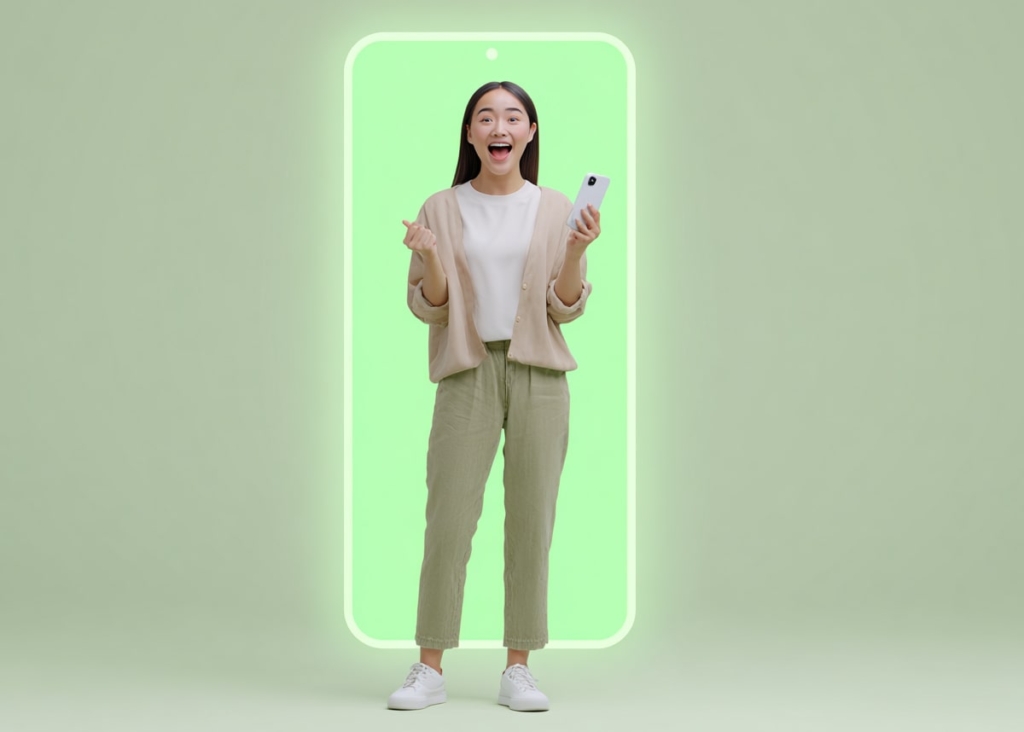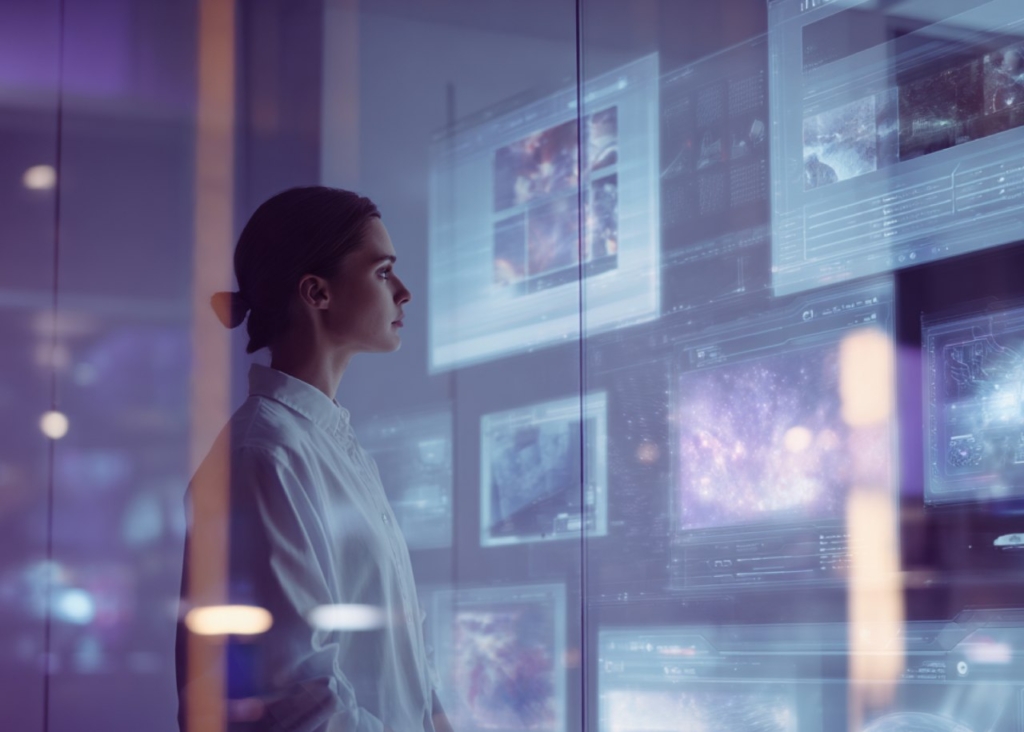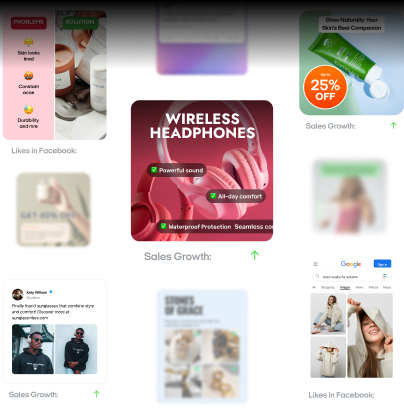Top 6 tips to avoid costly mistakes with smart ad creative automation
Feeling stuck with repetitive ad variations that eat up your time? We know how annoying this is for you. Relying on old workflows can slow you down. That’s why many brands turn to ad creative automation to streamline how they produce, adapt, and deliver digital ads.
Studies show over 70% of marketers wrestle with manual creative updates. Even as the European AI market, growing at a 35% annual clip, drives 4.3 billion euros in advertising and marketing services by 2024. Let’s analyze the most popular costly mistakes with smart ad creative automation and we provide effective tips on how to solve them.

What’s creative automation
At its core, creative automation uses AI, machine learning, and Dynamic Creative Optimization to build tailored ads with minimal hands-on work. You upload brand guidelines, like logos, fonts, key visuals, into a central platform. Then — set rules for different audiences.
By tapping data from marketing automation platforms, the system refines each element in real time, delivering true personalization at scale. That way, you can roll out localized campaigns or test fresh concepts without wasting hours on repetitive tasks.
Why go beyond native advertising tools?
You might already use Google responsive ads or Facebook dynamic ads, but those tools are platform-specific. A robust creative automation solution is a one-stop hub. It syncs layouts, approvals, and updates across all channels — social, display, email, and beyond.
You can maintain brand consistency without juggling multiple ad managers. That consistency helps avoid creative bottlenecks and ensures your brand identity stays intact from one platform to the next.
Of course, ad creative automation isn’t without hurdles. Creative fatigue can undermine performance if you reuse the same templates too often. Brand consistency issues may flare up when managing large sets of assets. And ROI justification requires the right metrics and reporting to prove the investment pays off.
We’ll explore these automation challenges in depth and show you how leading marketers tackle them. So you can keep your creative edge, manage campaigns efficiently, and boost results across every channel. Ready to discover how to overcome these challenges? Read on for common challenges and real-world strategies that help brands stay innovative while scaling their ad production in the AI-driven era.
Common challenges in ad creative automation
Struggling to unlock the potential of ad creative automation? Many marketers ask questions like “Which hurdles matter most?” and “How can I fix bottlenecks without sacrificing brand integrity?”. This guide addresses the most frequent pitfalls, and offers strategies to keep your campaigns on track.
Creative fatigue
Creative fatigue happens when audiences see the same design and messaging repeatedly until they stop paying attention. Engagement dips, costs rise, and campaigns become stale.
According to Forrester, when intelligent creativity, a marketing approach that combines creative problem-solving with AI technologies, is deployed. Agencies can help make marketing smarter, develop campaigns faster, and make creators more valuable. Artificial intelligence should not replace the entire creative creation process. It should be used as an auxiliary tool.
Maintaining brand consistency
Automation saves time, but it can also inadvertently introduce off-brand fonts, colors, or tones. This inconsistency reduces trust. According to Forbes:
“Marketing messages, advertisements and any other communications all need to reflect the brand’s core message to be effective. Conflicting content alienates and confuses audiences.”
That’s why when using AI to create advertising creatives, it’s important to set parameters that fully reflect your brand.
Production bottlenecks
Bottlenecks arise when asset libraries are disorganized or approval processes require too many manual steps. Both scenarios eat up valuable time and can undermine revenue goals. Let’s look at an example.
Imagine that you’re a global eCommerce retailer. You missed prime seasonal dates because you spent weeks tagging outdated images. As a result, you get a measurable loss of holiday sales. Do you want such problems not to affect you?
How to avoid it: Centralize assets in a single repository and set strict deadlines for creative reviews. Tools like Bynder or Frontify help teams stay organized, while Monday.com or Trello can streamline approvals so you launch ads on schedule and retain a competitive edge.
Integration & workflow roadblocks
Even the best automation tools lose their shine if they don’t sync with existing systems like CRMs, social ad managers, or analytics dashboards. Manual data imports or mismatched reporting lead to confusion, data silos, and missed optimization windows.
Data security & privacy
Personalization often hinges on collecting user data, which brings higher risk. One data leak or non-compliance issue can result in lawsuits or fines — plus damage to your reputation. Protecting consumer privacy is no longer optional: it’s essential for any data-driven strategy.
Want an example of the data breach consequences for a business? British Airways fined £183 million over leak of users’ personal information, BBC reports.
Solutions to overcome automation challenges
Are workflow bottlenecks, inconsistent branding, or repetitive ads draining your campaign ROI? Many marketing teams encounter these challenges when scaling creative workflows.
“When used correctly, Creative Automation empowers teams to experiment, iterate, and scale their creative efforts without being bogged down by manual processes.”
In other words, identifying and resolving common obstacles can unlock major wins.
Train teams for effective ad creative automation
Training is often the best starting point if your staff regularly misses deadlines or risks pushing out off-brand ads. A skilled, empowered team handles Dynamic Creative Optimization with fewer glitches. They also maintain brand consistency across multiple channels.
You can close knowledge gaps by hosting structured workshops or bringing in a platform expert who can demo how to build templates, apply brand guidelines, and use real-time performance data.
Centralizing visuals and approved brand assets in a tool like Bynder or Frontify helps newly trained teams find what they need fast. Keeping everything in one place reduces repeated errors and speeds up approvals. Even a modest investment in team training can show a quick return when your staff launches ads faster and with more accuracy.
Boost creative performance in automated campaigns with AI
AI excels at routine tasks — generating ad variations or resizing images. Human talent can focus on strategy, storytelling, and brand voice. Many companies use tools such as Adobe Sensei, Creatopy, or Hunch to test color schemes and headlines automatically.
However, machine learning alone isn’t enough to guarantee success. Keep a «human-in-the-loop» approach: let AI-driven creative handle quick tasks while a brand manager reviews final outputs for tone, cultural nuance, and overall resonance.
How can Zeely AI help you with performance in ad creation?
Tired of spending hours creating advertising banners and videos? Trust it to Zeely’s AI! Reasons to try the app:
- You spend about 5 minutes setting up your future video, and AI only needs 7–12 minutes to render it
- Generate a single static ad in 1 minute or a bulk set for one product in 5 minutes
- You need only 10–15 minutes to launch an ad campaign — with AI tips at every step
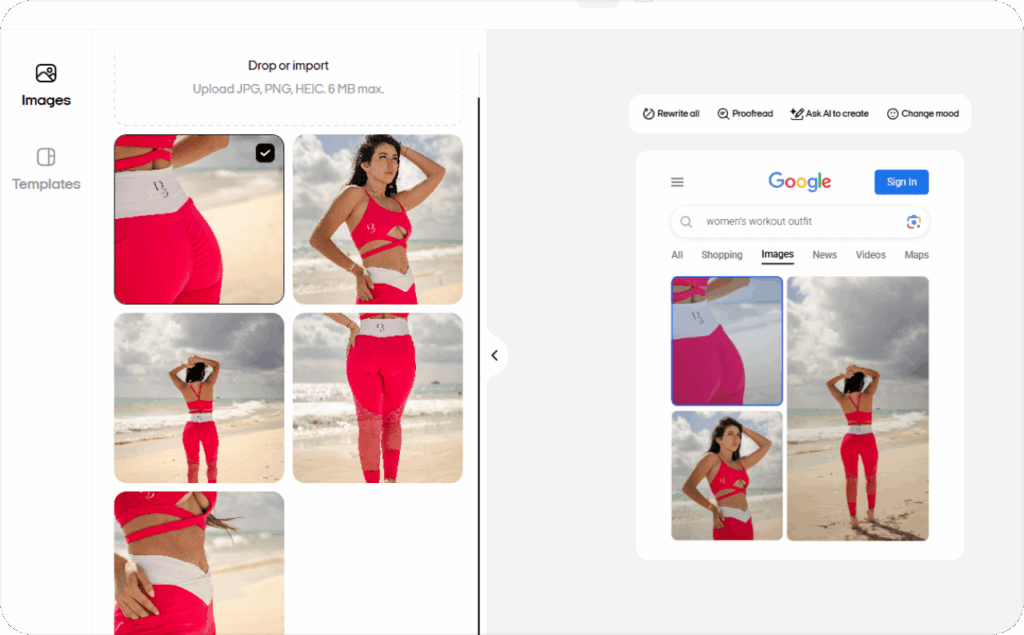
As you can see, Zeely AI saves time on ad banners and videos creation. Additionally, the app can save money. Get your first 7 videos for just $19.95. After your initial offer, you’ll pay $79.95 for the Growth plan, it includes 7 videos. That’s 20x cheaper than hiring a video editing specialist. For this price you also get unlimited static creative generation and running ads!
Still not sure that Zeely AI is the best option for creating advertising materials? Check out the features that will be available to you for creating videos:
- AI-optimized content for best performance and drive results
- 30+ hyperrealistic AI avatars with lifelike motion and speech
- Dynamic templates with performance-focused elements
And what is suggested for creating static ads? Use 100+ proven & high-converting templates to boost sales. Don’t have design skills but want to customize your creatives? Let Zeely AI tools do it for you!
With Zeely AI, you get all the tools in one app to create creatives and quickly launch product advertising. Don’t wait — install app, create static ads and videos, test visuals, and find the best one for a high-selling ad campaign!
Useful tip: We recommend starting with 2 static ads and 1 video ad for A/B testing.
Future trends in ad creative automation
Ever wonder how ad automation will evolve next year or beyond? As consumer behavior shifts and technology advances, creative automation trends 2024 are taking shape — covering everything from real-time targeting to advanced AI insights. Below, we’ll explore these emerging developments and why they matter for brands looking to stand out in a fast-moving landscape.
Real-time personalization at scale
Marketers are moving beyond broad demographic targeting. With ad creative automation now leveraging advanced machine learning, campaigns can swap headlines, images, or calls to action in real time. Hyper-specific ads can boost click-through rates and cut wasted impressions.
Omnichannel integration for unified experiences
Consumers often bounce between social feeds, connected TVs, and in-app browsing within a single day. Brands adopting omnichannel integration unify their messaging across these channels so that style and tone stay consistent.
Gartner emphasizes AI experimentation in mobile apps and subscription-based social platforms to streamline user journeys. While consistency is key, the real game-changer lies in the evolving role of AI. Let’s dig in.
AI-enhanced creative & predictive insights
Today’s AI solutions go well beyond resizing images. Some platforms analyze emotional sentiment and competitor moves, adjusting creative in real time.
Forrester notes that brands like Coca-Cola merge AI-made ads with human-led experiences, showing how automation can scale repetitive tasks while people handle emotional storytelling. Balancing automated production with a human touch ensures your brand stays relatable without missing AI’s efficiency benefits.
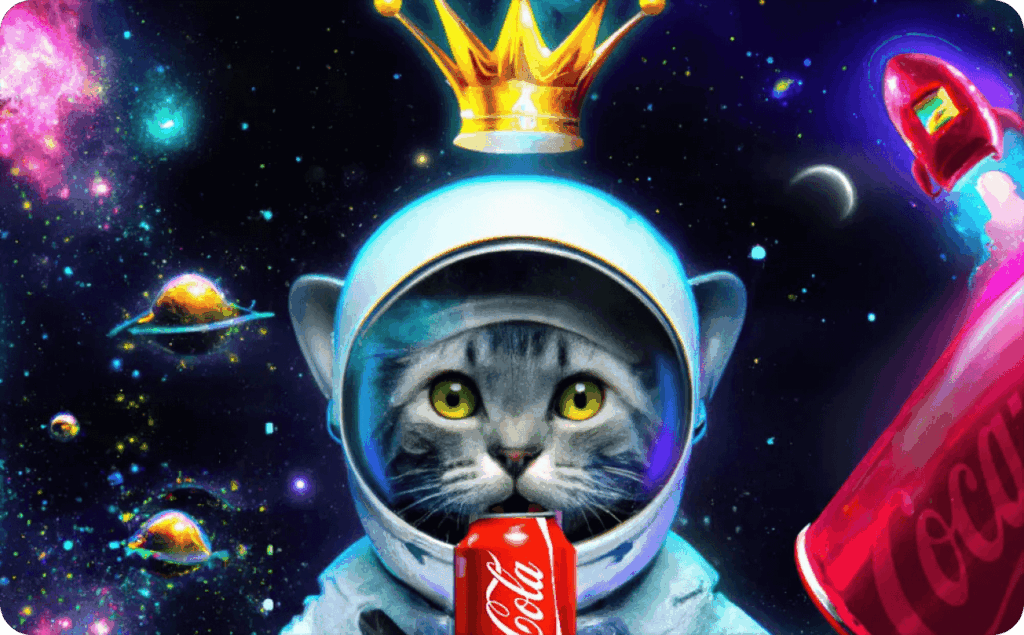
Photo source: Marketing Dive
Data governance & zero-party data strategies
As emerging ad tech enables deeper personalization, privacy becomes critical. Complying with GDPR and CCPA while respecting user consent is non-negotiable. Many brands now lean on zero-party data — information customers share willingly. They can still run personalized ads without overstepping boundaries.
Encrypting or anonymizing data is equally important for building trust. In an era of next-gen creative automation, thoughtful data practices safeguard brand reputation and user confidence.
Why these trends matter
Each of these emerging automation trends in advertising tackles a unique piece of the ad automation evolution — from hyper-relevant creative to omnichannel consistency. By pairing advanced AI with human oversight, you’ll craft campaigns that are both efficient and emotionally resonant.
The key is to stay agile, whether you’re boosting real-time personalization or fine-tuning data compliance. If you can merge these priorities into a cohesive strategy, you’ll be ready to stand out in a world where automation and authenticity go hand in hand.
Conclusion
Tired of manual tasks stalling your campaigns? Ad creative automation speeds up routine work and helps your team thrive. It also safeguards brand identity while letting you focus on storytelling. A «human-in-the-loop» strategy combines efficiency with empathy so your content stays engaging.
Zeely AI unifies all your brand assets, cutting search time and ensuring consistency. Dynamic Creative Optimization then tests ad variations on the fly, reducing guesswork and wasted spending. Track cost-per-acquisition and click-through rates to see how automation boosts ROI.
If production bogs down, consider training your team or reviewing approvals. Refine brand elements or adopt AI-driven tactics as needed. Keep watch on what resonates — because the data will show you where to pivot.
Also recommended
